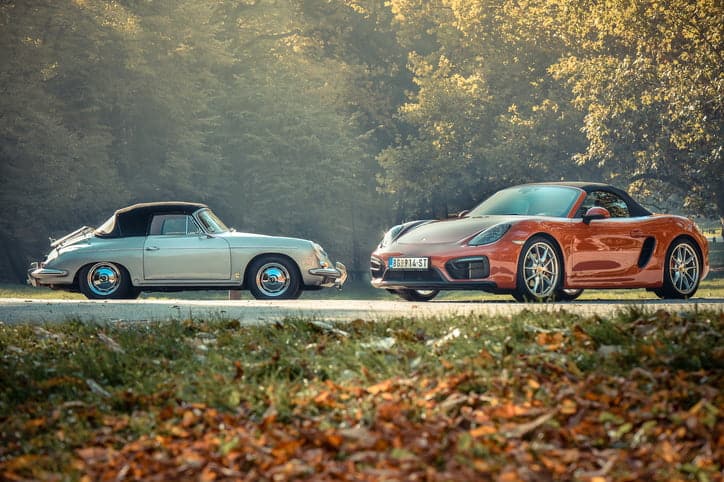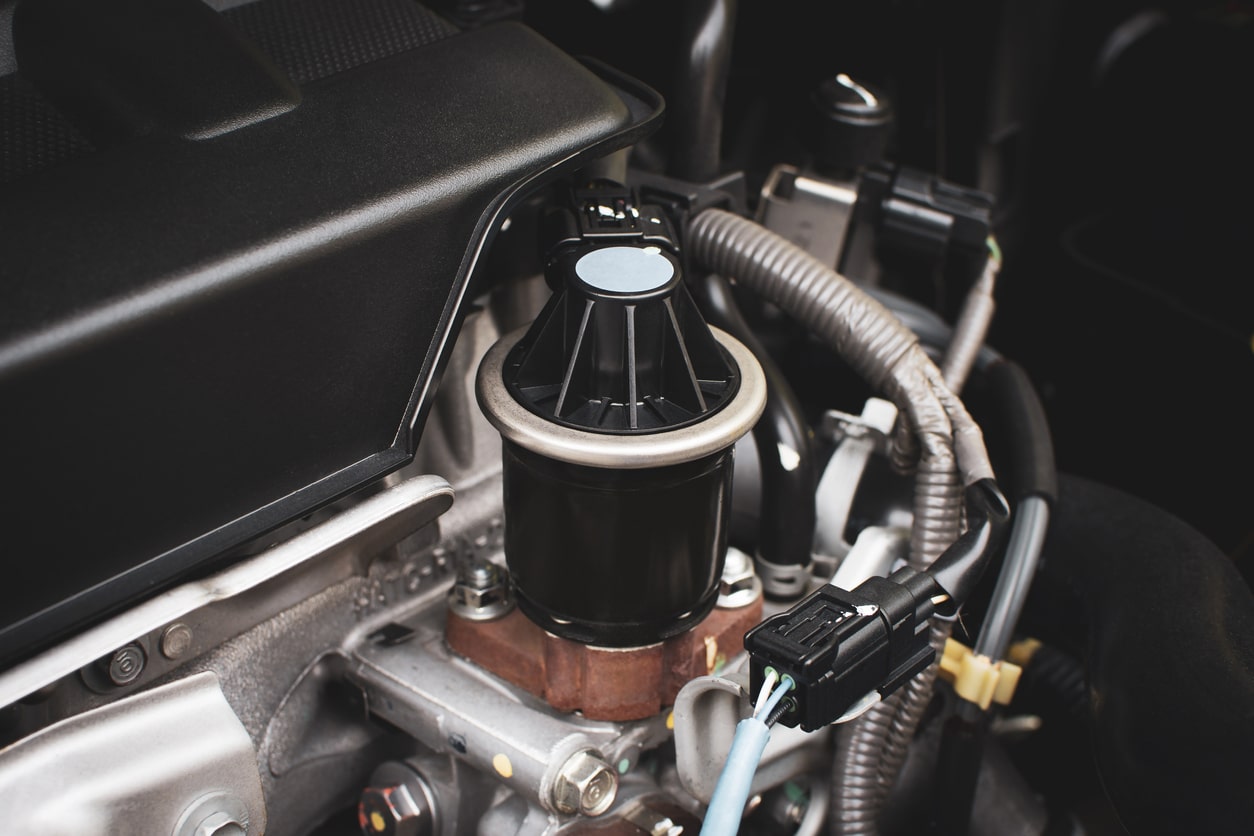For over a century, cars have played a huge part in everyday life, and not just as a mode of transport. They’ve shaped much of the modern world we know today, from the layout of our cities to how we live, shop and go to work.
Of course, cars have also changed a lot over the past 100 years, and are now scarcely recognisable to ones that rolled off the production line in the early 20th century.
At Holts, we’ve been around long enough to appreciate the huge contribution cars have made to modern life – 100 years to be exact.
To celebrate and pay homage to 100 years of driving, we’re taking a look at how cars have shaped our past and present, and how they could influence our future.
Quick Links
The Past
It’s amazing to think how far cars have come in such a short period of time. Until the late 19th century cars weren’t taken seriously, but this all changed with the arrival of the internal combustion engine – arguably the biggest milestone in human history.
While steam power remained popular well into the early 20th century, the arrival of rapidly-improving combustion engines and new types of high-energy fuels paved the way for the modern motorcar. Combustion engines, which ran on petrol and later diesel, gave range and performance at a price that was affordable for many.
Here, we explore some of the other pinnacle moments in the history of cars in our interactive timeline:
The Present
Today, cars are ingrained in our culture to the point where it’s difficult to imagine life without them. They’ve become a symbol of freedom and independence, changing the way we live and how we spend our time. But they’re also at a crucial turning point, with growing environmental and social challenges threatening their value both now and in the future.
Below, we’ve outlined a few key stats which highlight the huge challenges car manufacturers and the government must overcome to safeguard the future of cars and motoring:
- Cars account for 12% of carbon emissions across Europe, contributing to a problem that’s proving difficult to tackle
- 1,800 people are killed on the roads each year, with a further 25,000 seriously injured. Safety improvements remain a priority for most manufacturers
- 77% of UK adults have access to a car with around 40 million cars registered on the road in the UK
- Congestion costs motorists an average of £1,168 per year, with the average driver spending 31 hours a year stuck in traffic
- The UK is the 10th most congested country in the world, with London, Manchester, Birmingham, Luton and Edinburgh being the worst areas affected
- Between 1997 and 2007, the number of vans on the road grew by 67%, in line with the growth of internet shopping
But it’s not all negative. Research shows that people are still fond of cars and the simple pleasure of driving, and that the rapid development of self-driving cars won’t change that.
- 71% of people still want to learn to drive, even with self-driving technology right around the corner
- 70% of current drivers hope that cars are still around for the next generation to enjoy
- 62% of drivers say they sometimes drive just for fun
- 81% say that driving gives them independence
The UK’s Biggest Car Brands
Which manufacturers have made the biggest impact in UK motoring? Find out how the nation’s car-buying habits have changed over the past 20 years in our animated graphic below.
The Future
With huge environmental and social challenges facing cars and how we drive, it’s incredibly difficult to predict what the motoring world will look like in 20, 50 and 100 years’ time. To try to get a handle on what the future might hold for driving, we asked two motoring experts for their predictions on how cars might change in the future, and what this will mean for us.
“The next generation of drivers will be the most connected generation to date”
Here, Katie Myers, car finance and automotive writer at Albion Car Finance, fills us in on the technological advances drivers can expect from cars in the not-so-distant future:
“There are two things that we can expect from the future of car design, one is a change in the fuels we use to power cars and the other is advancements in car technology.
“The past year saw a drop in the number of cars purchased, which signals a change in consumer demand when it comes to transport. With the rise of conscious consumerism and the recent global warming protests, the environment is at the forefront of many people’s minds. The design of the electric car has come a long way since it first appeared on the market, and many of its original limitations no longer apply which means we could potentially see electric vehicles take over the car market in the future. Alternatively, we could be looking at a future of cars that have energy storing doors built from carbon fibre panels.
“The next generation of drivers will be the most connected generation to date, and it’s only natural that they should expect their cars to match up to the smartphone lifestyle they lead. Cars will likely be programmed with smart technology including Wi-Fi that is available for passengers and a security system that doesn’t require keys (fingerprint recognition or retina scans). Future cars are also likely to have AR features including AR Dashboards and front windshields that can display information about the roads, your journey and nearby objects.”
“With autonomous driving, the challenge is to educate drivers to trust the technology”
Like it or not, driverless cars have arrived, and Willem Strijbosch, head of autonomous driving at TomTom, believes that the technology can have a positive impact on how we drive in the future:
“Autonomous driving will not only completely transform the way people travel, but also improve the safety, comfort and efficiency of vehicles to a level beyond imagination.
“TomTom is building mapping technologies for automated vehicles to help automakers and suppliers make autonomous driving a reality. An example of that is HD Maps, a crucial component in autonomous driving systems. The TomTom HD Map allows automated vehicles to precisely locate themselves on the road, to build a detailed model of the surrounding environment working together with the vehicle sensors, and to plan their path to a destination.
“With autonomous driving, the challenge is to educate drivers to trust the technology, to drive adoption. At TomTom, we are addressing this challenge by designing next-generation maps that ensure autonomous vehicles are always aware of their exact location, environment and drivable path, with high levels of accuracy, robustness and reliability.
“The road towards a fully autonomous future is exciting and we’re already powering automated driving on the roads right now. Our maps for automated driving are powering over half a million Level 1 and Level 2-enabled automated vehicles on the road today. This is a key step towards TomTom’s vision of an autonomous future with safer roads, free of congestion and emissions.”
What are your predictions for the future of driving? And what do you want to see happen to cars over the next 100 years? We’d love to know what you think, so please share your comments with us on Facebook.
Holts have helped British drivers take care of their cars for over 100 years, and no matter what happens to the way we drive, we’ll be there to keep motorists moving. For more information and our complete product range, visit our homepage.


